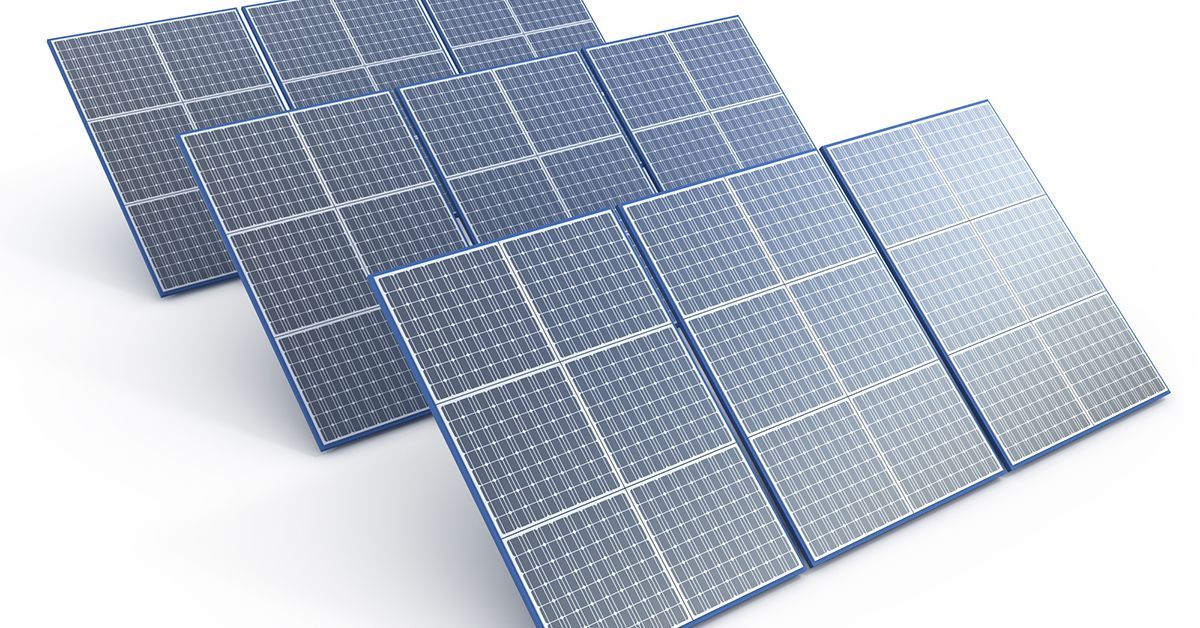
A new competitor has entered the race to harness the sun’s power more efficiently and affordably. This competitor could change the way we think about solar energy. Perovskite solar cells, which are named after the mineral structure they look like, are quickly becoming the next big thing in photovoltaic technology. Perovskites are going to take solar technology to a whole new level because they promise to be very efficient, cheap to make, and useful in many different ways.
What Are Solar Cells Made of Perovskite?
Perovskite solar cells (PSCs) are a type of thin-film photovoltaic technology that use materials with a perovskite crystal structure, like methylammonium lead halide. These materials are great at taking in light and moving electrical charge, which makes them perfect for turning sunlight into electricity.
Perovskite cells can be made using simpler, lower-temperature methods like printing or coating, unlike the silicon-based solar panels that are most common on the market today. This makes it possible to make solar panels that are flexible, light, and even see-through. These panels could be used in windows, clothing, or building facades.
Efficiency that is as good as or better than silicon
One of the best things about perovskite solar cells is how well they work. Standard silicon panels usually work at 15–22% efficiency, but perovskite cells have already gone over 25% in the lab, and tandem configurations are getting closer to 30%. This means that solar installations can get more energy from the same amount of space, making them stronger and smaller.
Lower Prices, More Access
Silicon solar panels are hard to make and need a lot of energy, and they cost a lot of money to make. Perovskite cells, on the other hand, use cheap, easy-to-find materials and simpler ways to make them. This could cut the cost of solar energy by a lot, making it easier to get in places where the high cost has stopped people from using it.
Flexible in Design and Use
Not only are perovskite cells efficient, but they can also be changed. Because they are light and flexible, they can be used in places where regular panels don’t work. Perovskites give designers a lot of freedom, which could change the way we think about solar energy. They can be used for everything from curved surfaces to wearable tech to building-integrated photovoltaics (BIPV).
Problems on the Way
Perovskite solar cells have a lot of promise, but they also have a lot of problems. Stability and durability are still big issues because the materials can break down when they come into contact with water, oxygen, or heat. Researchers are actively working on ways to protect them and make changes to the materials to make them last longer and be useful in business.
There are still worries about the environment, especially because many perovskite formulations contain lead. People are working on making lead-free alternatives that work just as well without hurting the environment.
A Future Full of Light
There is no doubt that perovskite technology is gaining traction. Perovskite solar cells are getting closer to being available for sale as they continue to make progress in efficiency, stability, and scalability. Both big companies and new businesses are putting money into pilot projects, and hybrid panels that combine silicon and perovskite layers are already being tested in the field.
Perovskites give us a tantalizing look at what’s possible in the future: solar power that is not only more efficient and affordable, but also fits right into our daily lives.
Would you like this article to be changed so that it can be used as a blog post, a presentation, or a social media post? I can make it work for your audience.